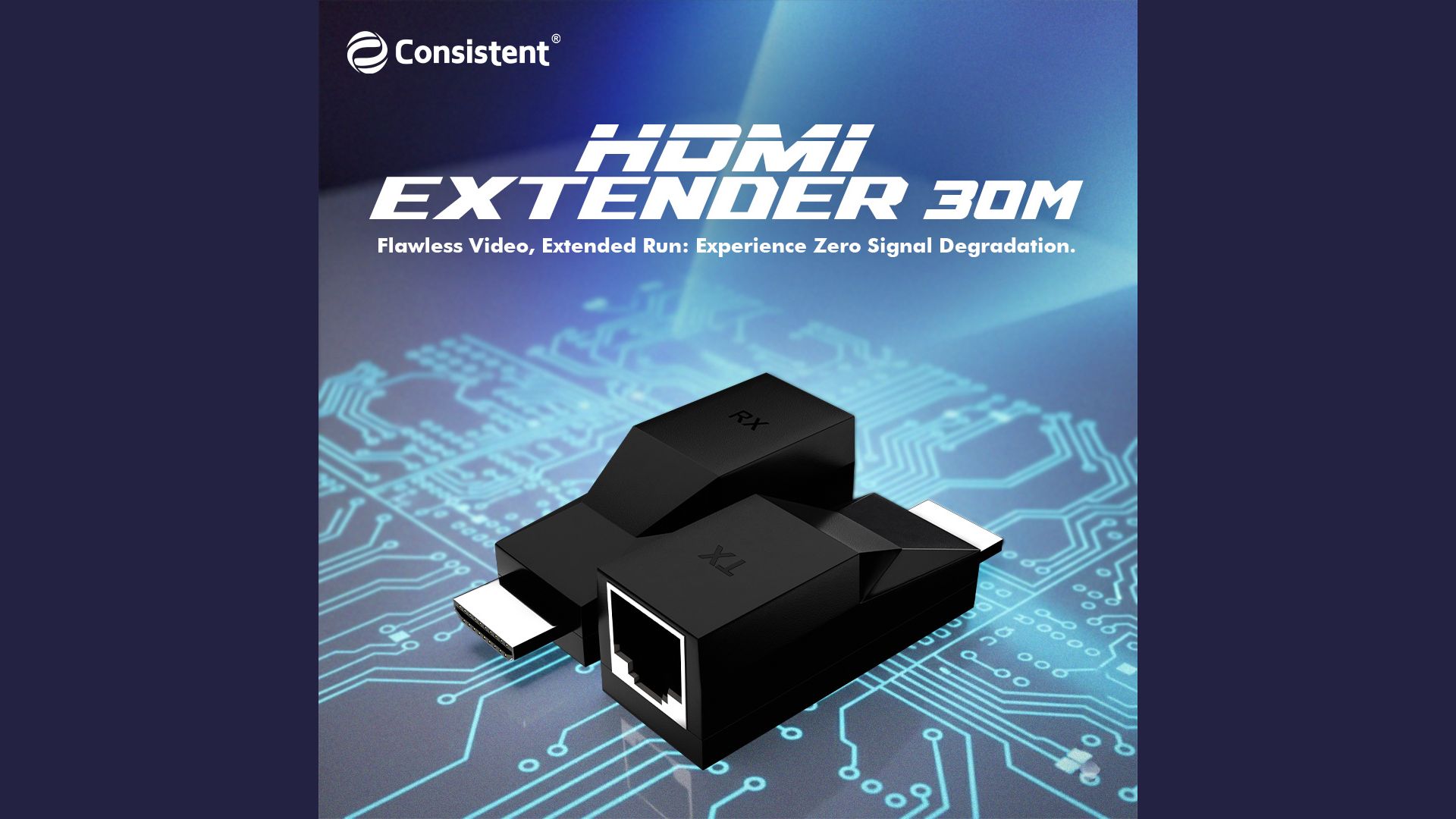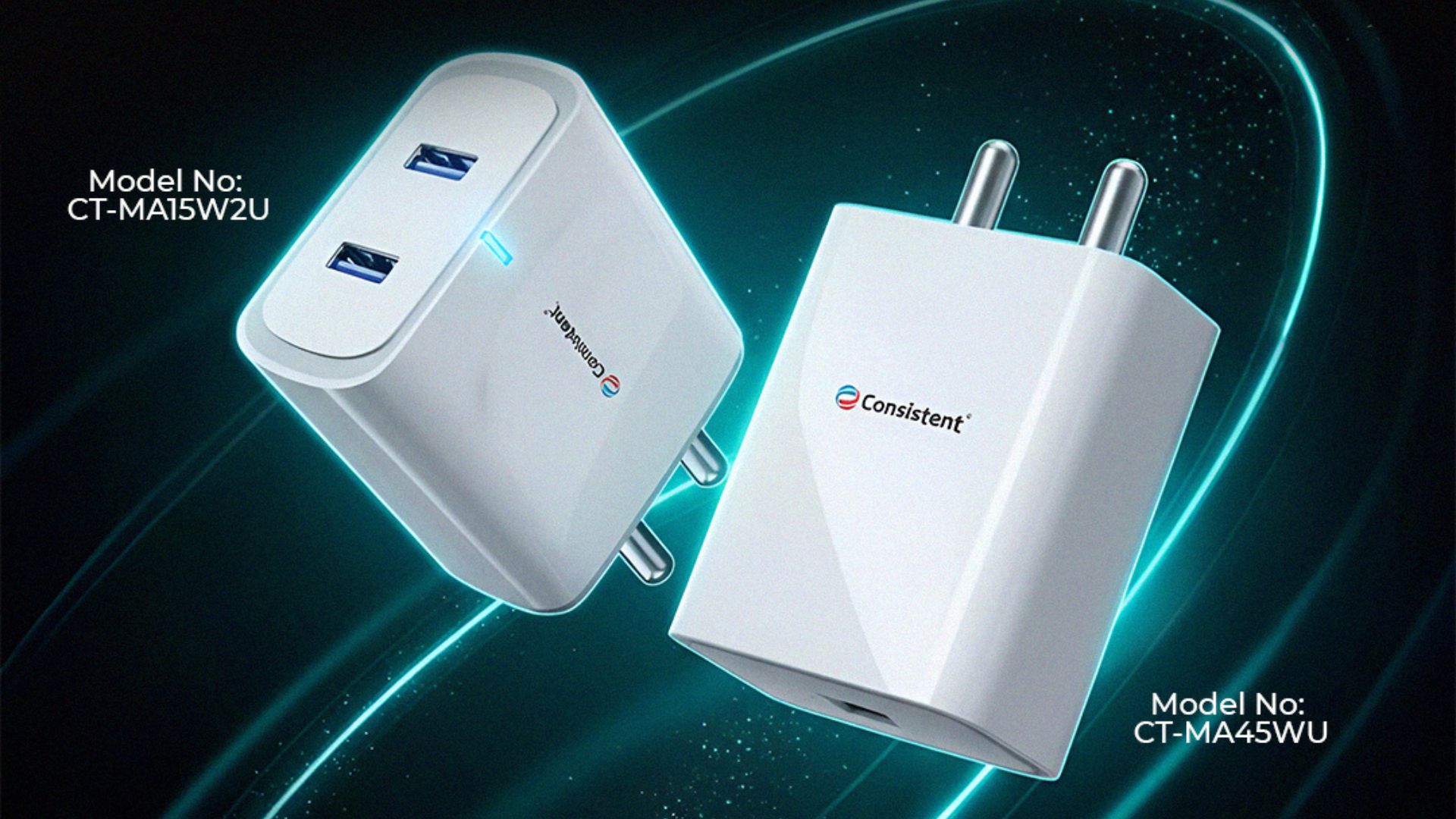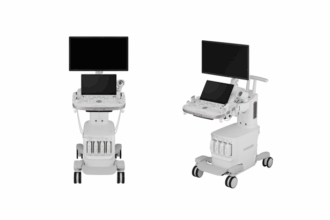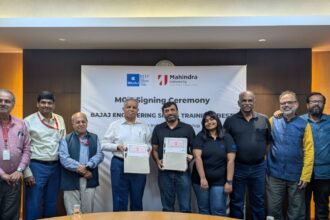RailTel Corporation of India Limited, one of the country’s largest neutral telecom infrastructure providers, has completed a significant modernization of its Dense Wavelength Division Multiplexing National Long-Distance and metro optical transport networks. This upgrade, carried out in collaboration with Nokia, is intended to support faster, more dependable, and more resilient high-speed connectivity across India. In many ways, it feels like a natural progression for RailTel, given how crucial its infrastructure has become for government, enterprise, and retail broadband users through RailWire.
This project is quite expansive, focusing on improving network capacity, strengthening traffic management, and lowering operational costs. RailTel, a Navratna PSU under the Ministry of Railways, operates a massive optical fiber network running along railway tracks throughout the country. As digital demand grows, the timing of such an upgrade perhaps makes even more sense.
Key Takeaways
- Modernization Target: RailTel’s National Long-Distance and metro optical transport networks have been upgraded.
- Technology Used: Nokia’s 1830 Photonic Service Switch optical technology and 7750 Service Router IP routing platform were deployed.
- Key Functionality: The project incorporates Carrier Grade NAT and Broadband Network Gateway functionality.
- Benefits: Enhanced transport capacity, reduced cost per bit, stronger intercity traffic resiliency, and improved service delivery for enterprise and broadband customers.
- Strategy: The partnership supports vendor diversification and aligns with RailTel’s open-network approach for future upgrades.
Boosting Capacity and Cutting Costs with Advanced Optical Technology
A key piece of this modernization relies on Nokia’s 1830 Photonic Service Switch and updated transponder technology. The combination substantially increases the transport capacity of the existing network, while also lowering the cost per bit. This is one of those areas where technical efficiency directly translates into real-world benefits, even if most end users never see the underlying changes.
What stands out here is RailTel’s clever reuse of its existing infrastructure. Instead of laying new fiber, which can be both costly and time consuming, the solution taps into previously unused segments of the channel spectrum within the existing fiber. This kind of reuse, I think, shows how thoughtful network planning can save resources and still deliver substantial performance gains.
The upgrade also brings in high-capacity Lambda transmission and express traffic lanes between major cities. These lanes help streamline data movement across India, supporting the increasing digital load generated by cloud services, video streaming, enterprise operations, and everyday broadband usage.
DWDM, the core technology behind this, multiplies the effective bandwidth of optical fibers by transmitting multiple wavelengths of light at the same time. Since the National Long-Distance network serves as India’s digital backbone, enhancements at this layer naturally create a more robust foundation for everything built on top of it.
Strengthening IP Routing for High-Speed Services
Beyond the optical layer, RailTel has also deployed Nokia’s 7750 Service Router. This platform integrates Broadband Network Gateway and Carrier Grade NAT capabilities, forming a unified, more flexible architecture.
The BNG is the point at which broadband customers connect and authenticate, so its performance directly affects the user experience. Meanwhile, CG-NAT helps RailTel conserve its pool of public IPv4 addresses by mapping many internal private addresses to a single public one. With IPv4 scarcity being what it is, technologies like CG-NAT still play a crucial role.
This combined approach helps RailTel process large-scale enterprise data flows as well as its own ISP traffic more efficiently. It also increases resiliency, meaning that intercity traffic can better withstand disruptions or sudden surges. As bandwidth demands across India continue to rise each year, this kind of routing reinforcement becomes essential.
Management Perspective
Sanjai Kumar, Chairman and Managing Director at RailTel, called the integration of Nokia’s technologies a “pivotal step” in the organization’s modernization efforts. He noted that these changes would improve operational effectiveness and help deliver more reliable and faster services to enterprise and broadband customers across the country.
Prashant Malkani, Head of India Sales for Network Infrastructure at Nokia, highlighted Nokia’s commitment to open-network architectures that can integrate smoothly with diverse ecosystems. He explained that the new IP routers and optical transponders would help RailTel reduce expenses while improving operational performance. This vendor-neutral stance supports RailTel’s long-term upgrade flexibility, ensuring it is never tied tightly to a single technology provider.
Related FAQs
Q1. What is RailTel and what is its role in India’s telecom sector?
A1. RailTel Corporation of India Limited is a Navratna Public Sector Undertaking (PSU) under the Ministry of Railways. It is a large, neutral telecom infrastructure provider that owns a vast pan-India optical fiber network along railway lines. RailTel provides broadband services (like RailWire), telecom infrastructure, and ICT solutions to governments, enterprises, and the public.
Q2. What is Dense Wavelength Division Multiplexing (DWDM)?
A2. DWDM is an optical networking technology that significantly boosts the capacity of a single optical fiber. It works by transmitting multiple data streams simultaneously using different wavelengths (colors) of light, greatly increasing the total amount of data that can be carried over long distances without laying new fiber cables.
Q3. How does the Nokia 7750 Service Router with CG-NAT benefit RailTel’s customers?
A3. The Nokia 7750 Service Router combined with Carrier Grade NAT (CG-NAT) allows RailTel to manage its public IP addresses more efficiently. For customers, this means the network can support the high demand for fast, reliable internet by handling massive amounts of traffic and efficiently allocating the necessary network resources for high-speed connectivity.
Q4. What is meant by a ‘vendor-neutral, open-network approach’?
A4. A vendor-neutral, open-network approach means the network infrastructure is designed to be compatible with equipment from various manufacturers, not just one. This allows RailTel to choose the best technology from any vendor in the future, promoting healthy competition, reducing reliance on a single supplier, and ensuring long-term investment flexibility.


















